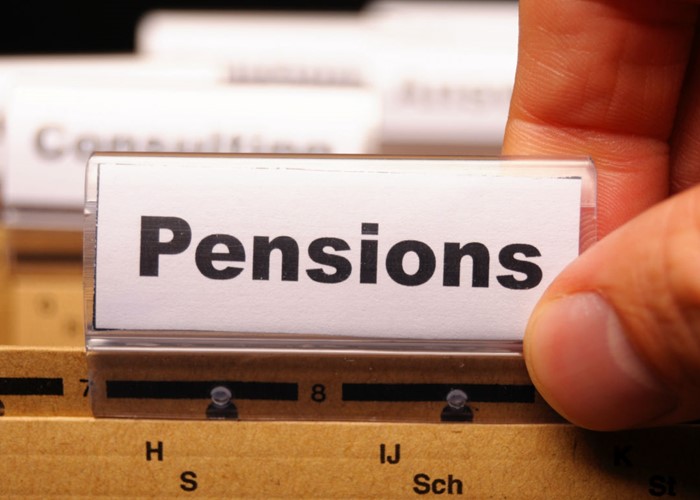How to get a State Pension forecast

If you're retiring soon, here's how to find out what you'll be entitled to from the new State Pension.
State Pension changes
The rules around the State Pension changed dramatically in April 2016.
The UK Government replaced the complicated basic State Pension with the new single-tier pension, which pays a flat rate for men born on or after 6 April 1951 and women born on or after 6 April 1953.
But the basic State Pension will carry on being paid to those who reached pension age before 6 April 2016.
If you want to find out more about the old system and how it differs, read: The Basic State Pension and new flat-rate State Pension explained.
How much will I get under the new State Pension?
The new State Pension pays a single flat rate of £230.30 a week.
To receive the full amount, you will need 35 qualifying years of National Insurance (NI) contributions or credits. You will receive a lower amount if you have less.
You will need at least 10 years’ contributions to get paid any new State Pension at all.
You can find out when you’ll receive your State Pension by checking your State Pension age with GOV.UK online.
And if you want a quick estimate about how much you’ll get, you can ask for a State Pension statement. You can apply online but you will need to use GOV.UK Verify to apply.
Alternatively, you can get in touch with the Future Pension Centre to get a statement by phone (0800 731 0175 – Monday to Friday, 9:30am to 3:30pm).
Or you can fill in the BR19 form and post it to:
The Pension Service 9
Mail Handling Site A
Wolverhampton
WV98 1LU
United Kingdom
You can get a State Pension statement if you are aged 16 or over and at least 30 days away from your State Pension age.
If you find you haven’t made enough contributions, you can choose to pay voluntary NI contributions to top them up.
You'll usually be sent a letter by HM Revenue & Customs if there are gaps in your history. For more on making additional voluntary contributions, read How to top up your State Pension.
It’s also worth flagging that you can find out if you have any gaps by requesting your NI record. This will tell you if you can pay voluntary contributions and how much it will cost.
You can request a National Insurance statement here or by calling 0300 200 3500 (8am to 4pm, Monday to Friday) or by writing to:
PT Operations North East England
HM Revenue and Customs
BX9 1AN
United Kingdom
Pension Credit
Pension Credit is paid out to people who have a low retirement income. There are two elements – the Guarantee Credit and Savings Credit.
The Guarantee Credit tops up your weekly retirement income if it is less than £227.10 for single people or £346.60 for couples.
Savings Credit is an additional element for people who have some savings. This is currently worth up to £17.30 a week for single people and up to £19.36 for couples.
You may not be eligible for Savings Credit if you reached State Pension age on or after 6 April 2016.
But you may still get Savings Credit if you’re in a couple and one of you reached State Pension age before 6 April 2016 and you were already receiving this up until this date.
Make sure you claim Pension Credit if you’re entitled to it. If you think you might be eligible, then you can get an estimate from GOV.UK’s Pension Credit calculator.
Comments
Be the first to comment
Do you want to comment on this article? You need to be signed in for this feature